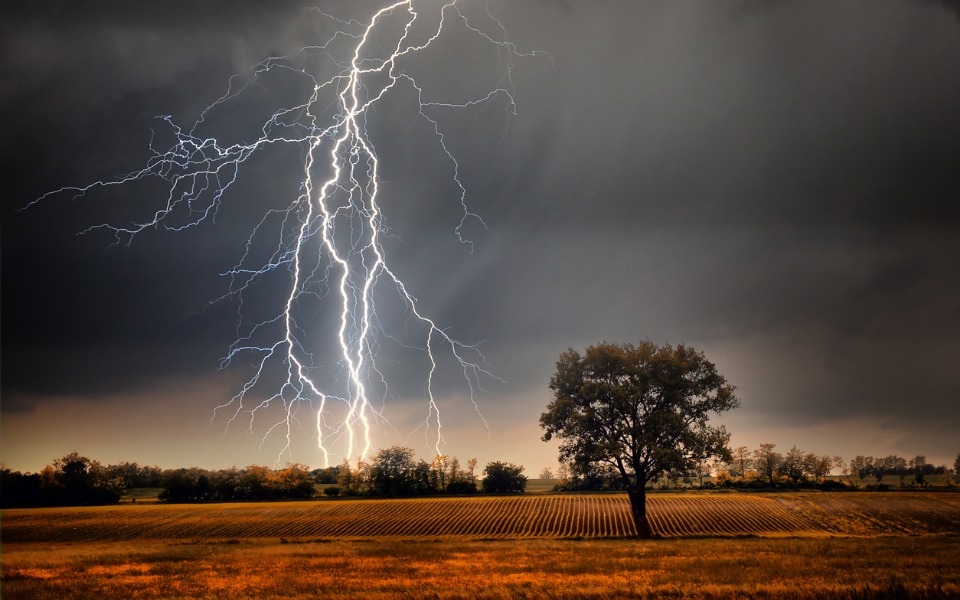
37% rise in lightning strikes, but death numbers go down: Study

The number of lightning strikes in India has gone up by 37% in the last one year, shows a study by Centre for Science and Environment (CSE).
A total of 18.5 million lightning strikes were experienced between April 2020 and March 2021, up from 13.8 million strikes reported a year before, says the study, attributing the sudden rise to climate change.
As many as 1,697 people were killed in thunder strikes last year. Of them, Bihar reported the highest casualties (401), followed by Uttar Pradesh (238 deaths) and Madhya Pradesh (228 deaths). A total of 87 lives were lost in Bihar on June 25, 2020.
This, however, isn’t the first time the incidents of lightning have gone up drastically. The number of strikes during summer months between 2010 and 2020 increased from 18,000 to more than 150,000 by 2020.
Also read: Did you know? Lightning kills more than 2,000 people in India every year
Down to Earth, a magazine run by CSE, quoted journal Atmospheric Chemistry and Physics to suggest that the frequency and intensity of lightning strikes in India will go up by 10-25% per cent and 15-50% respectively by the end of this century, with coastal areas presenting the highest risk.
States worst affected
States like Uttar Pradesh, Madhya Pradesh, Haryana, Jharkhand, West Bengal, Bihar, Punjab, Himachal Pradesh and Puducherry reported significant spurt in lightning incidents between April 2020 and March 2021.
Punjab reported a 331% rise, followed by Bihar (168 per cent), Haryana (164 per cent), Puducherry (117 per cent), Himachal Pradesh (105 per cent) and West Bengal (100 per cent), the CSE report says.
However, deaths due to lightning have dropped
States like Odisha and Andhra Pradesh have successfully cut down lightning fatalities by 70 per cent in a short period of time. This positive change happened mainly because of Lightning India Resilient Campaign (LRIC), a combined effort of several government departments led by the India Meteorological Department (IMD), which is giving near-accurate lightning forecasts since April 2019. The effort has brought down deaths by more than 60 per cent within two years, the Annual Lightning Report 2020-2021 report states.
Mahapatra told The Hindustan Times that deaths due to lightning can definitely be brought down further. “The next steps would involve making use of the evolving science and technology on the subject and decentralising predictions and risk management,” he said.
Climate change the root cause
“There is growing scientific evidence that climate change may be sparking more lightning across the world. Rapid urbanisation and population growth have guaranteed an intensification of human exposure to lightning hazards,” said Down To Earth managing editor Richard Mahapatra.
Globally, it is well established now, that our planet is heating very fast. A one degree Celsius rise in earth’s mean temperature is likely to increase the frequency of lightning strikes by 12 per cent.
Scientists say that urbanisation, population explosion and a warming climate will expose more humans to thunder strikes.


